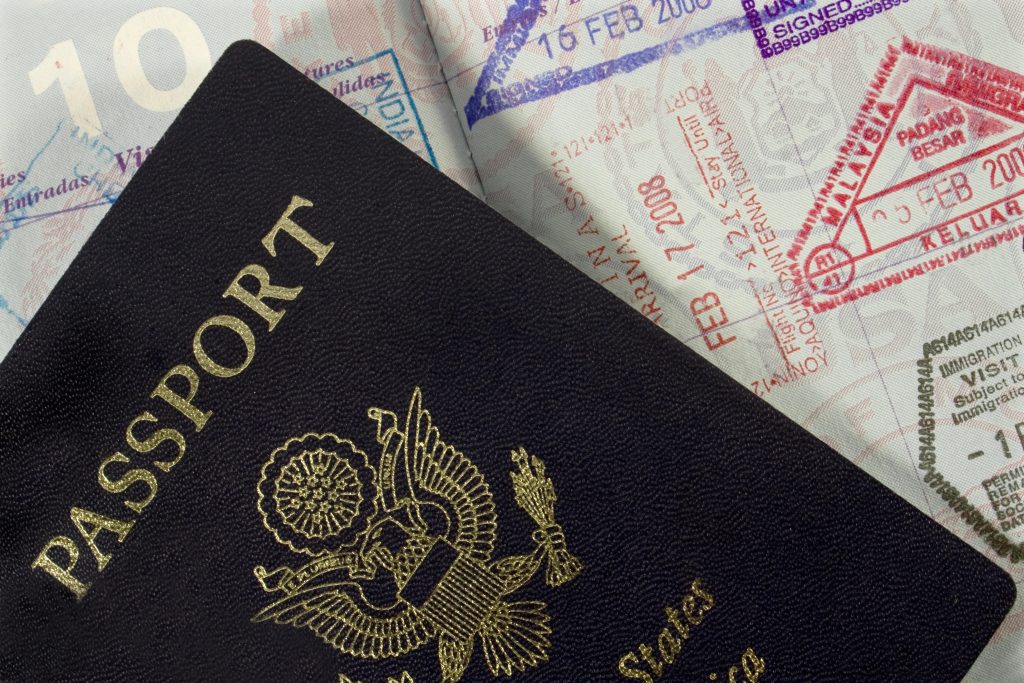
Traveling to Canada this summer? Don’t leave home without your passport, your sense of adventure and perhaps a few additional air filters. As the U.S. State Department releases a new travel warning for Canada, it’s not moose sightings or maple syrup spills on the agenda. Rather, it’s avoiding danger in a record-breaking wildfire season that’s rewriting the rulebook for tourists.
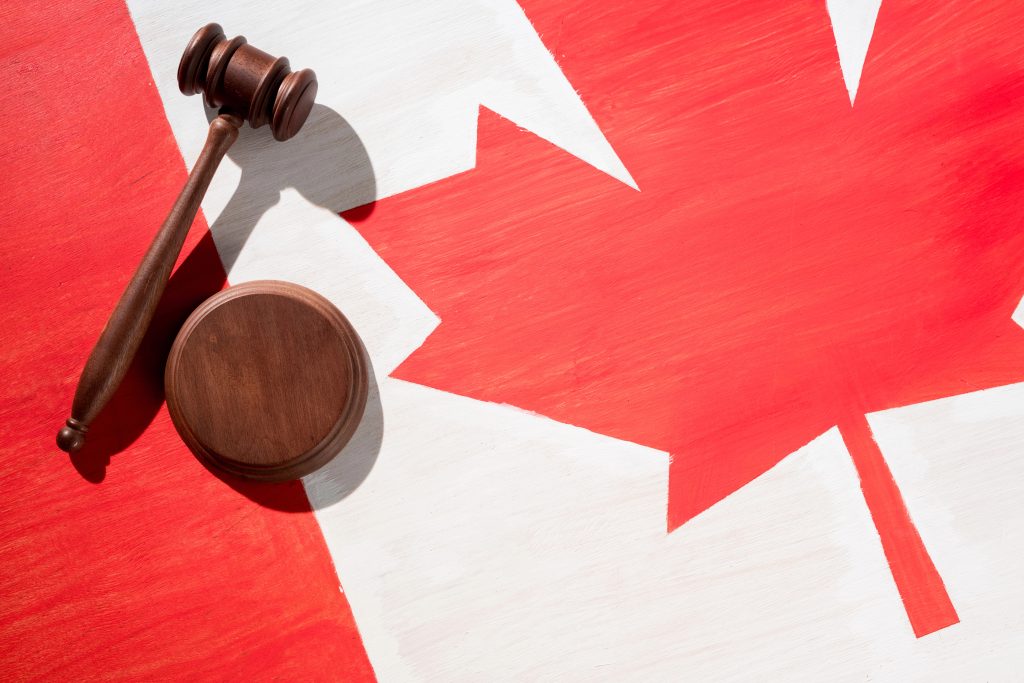
While Canada proudly still sports its ‘safe destination’ label, 2025’s forest-fire season has everyone be it experienced backpackers or urban adventurers monitoring air quality apps and preparing for smoggy days. Here’s what all U.S. travelers should know to remain healthy, educated, and prepared for anything north of the border.
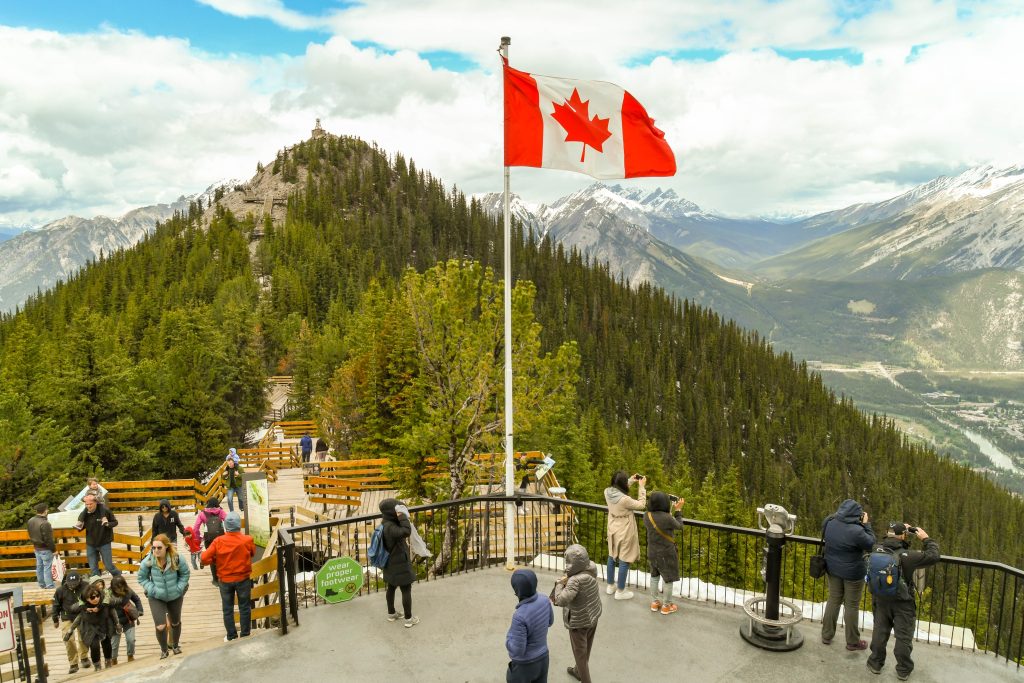
1. Why Canada’s Level 1 Advisory Still Matters
Canada. There’s a fresh Level 1 travel warning that sounds like a green light, but there’s more than meets the eye. According to the U.S. State Department, visitors should “exercise normal precautions,” but this year’s alert coincides with a record-shattering wildfire season impacting all 13 provinces and territories (Montreal’s air quality was recently listed as the second worst in the world).
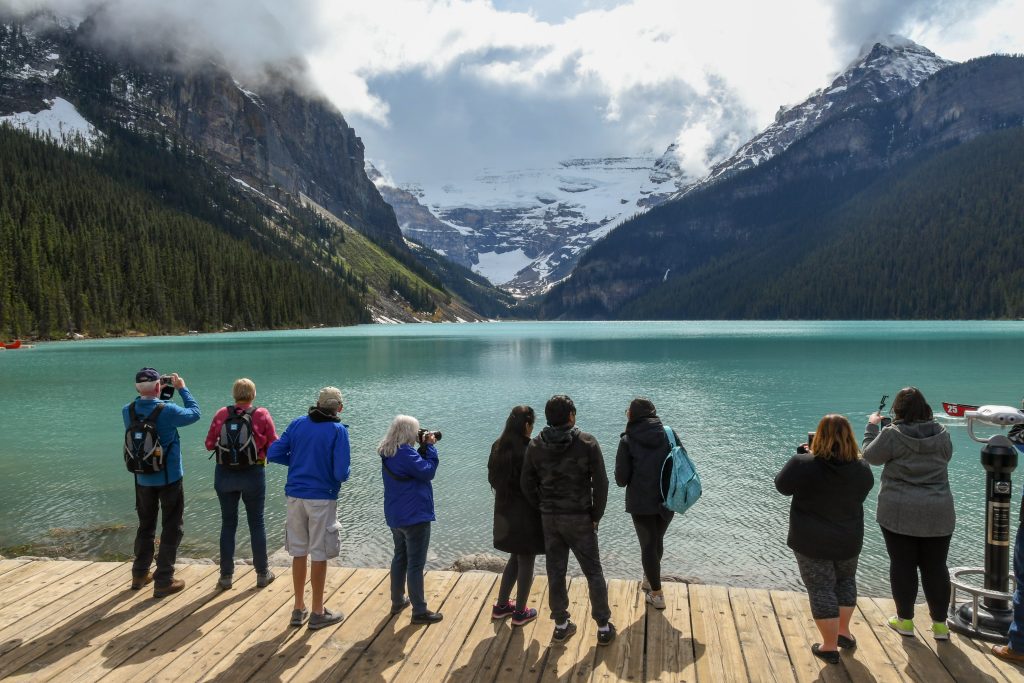
So what does Level 1 actually do for travelers? It’s an alert to be prepared particularly when natural occurrences like wildfires can shift conditions quickly. While Canada is still a leading choice for safe, scenic escapes, travelers need to be prepared to adjust plans if air quality decreases or local advisories are issued.
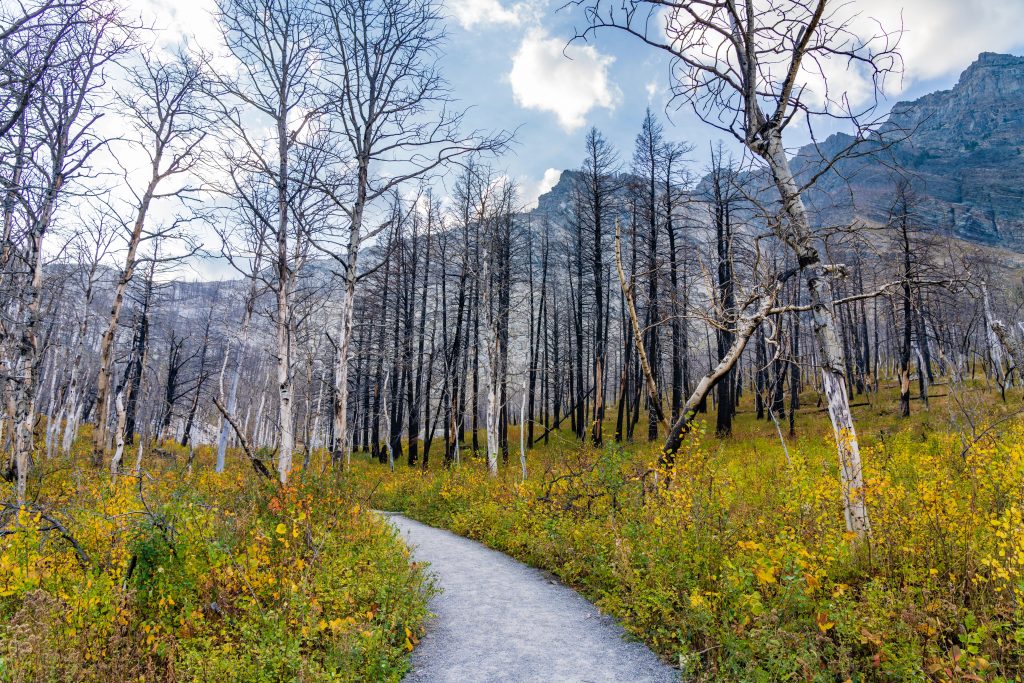
2. Knowing Wildfire Season: Where and When
Wildfire season usually lasts from May through September in Canada, but over the last few years, those dates have been pushed. During 2024, wildfires raged throughout all provinces and territories, garnering news coverage and affecting rural and urban communities alike (wildfires hit all 13 provinces and territories).
The Canadian government warns that climate change is fueling more frequent and intense wildfires, meaning travelers should expect smoke and air quality issues to be a recurring theme. Whether you’re heading to the Rockies or the Maritimes, it’s smart to check local forecasts and be aware of changing conditions.
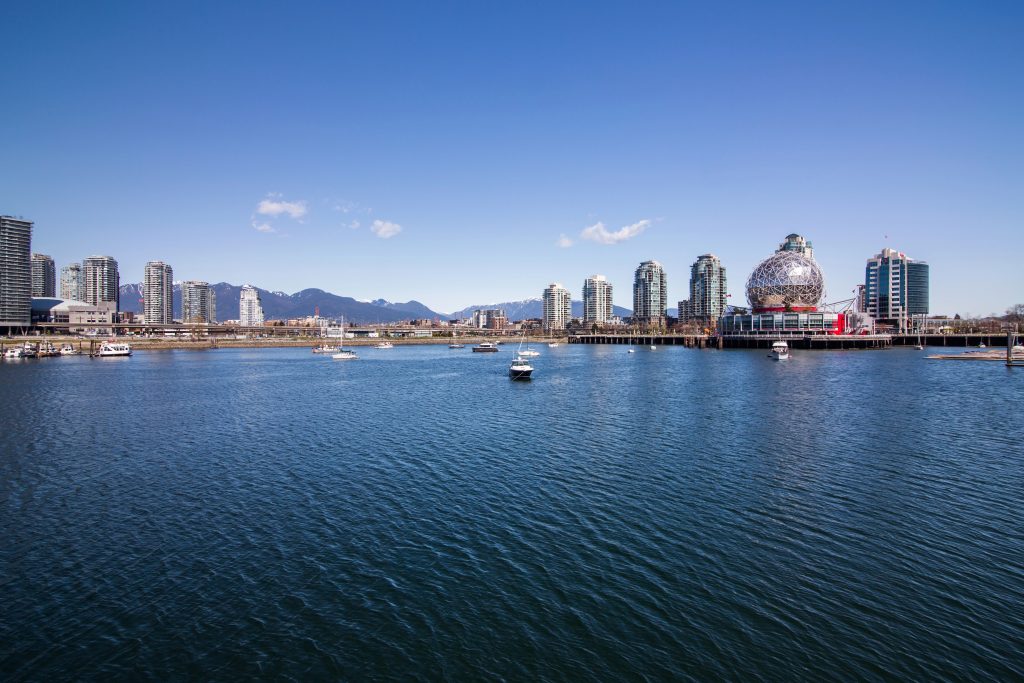
3. Air Quality Health Index: Your New Travel BFF
Forget trying to guess Canada’s Air Quality Health Index (AQHI) is the best bet for up-to-date information on air quality. The AQHI scores air quality 1 (low risk) to 10+ (very high risk), assisting you in determining whether or not today is a good day to go for that grand hike or whether you should just stay indoors (Environment Canada recommends looking up the AQHI each day).
For the more vulnerable, of course consider asthma, cardiovascular disease, young children, or the elderly keeping track of the AQHI is crucial. As Environment Canada puts it, “Low risk means everyone can safely be outdoors. Moderate risk means the general population doesn’t need to change their usual outdoor activities unless they have symptoms such as coughing and throat irritation.” High or very high risk? Better to take it easy and stay inside.
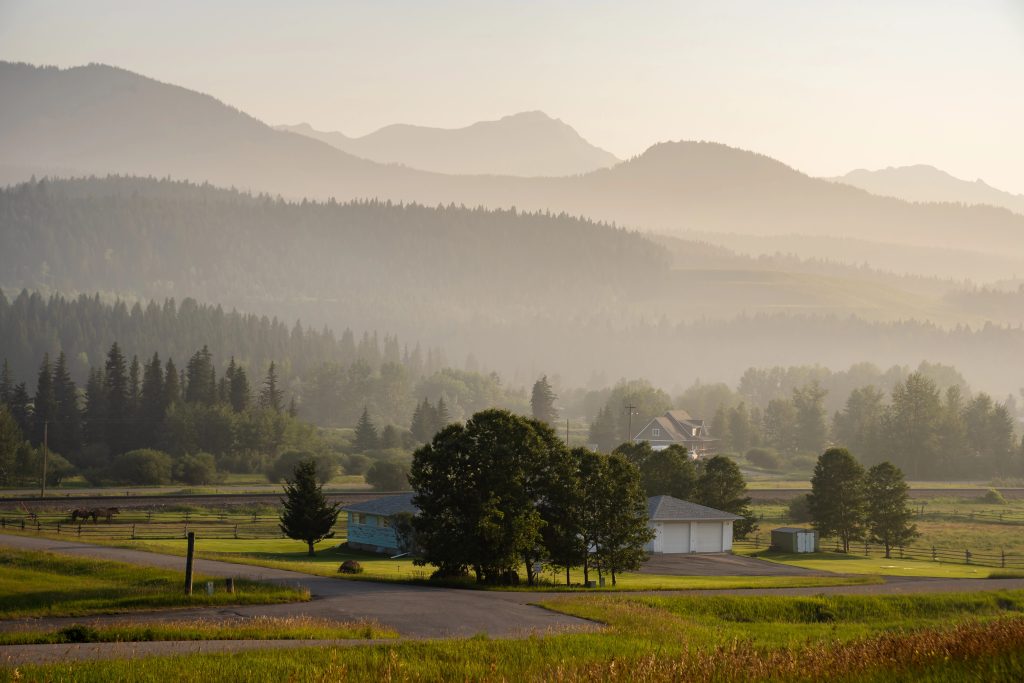
4. What’s Actually in Wildfire Smoke (And Why It Matters)
Wildfire smoke isn’t a foggy nuisance alone it’s filled with tiny particulate matter called PM2.5, which is small enough to penetrate deep into your lungs and even your blood (PM2.5 has short- and long-term health impacts). Experts say that there’s “no such thing as safe wildfire smoke; any of it is too much for us,” says Helen Christoni, air quality specialist, to ABC News.
Short-term exposure may induce coughing, runny eyes, and headaches, but long-term exposure may aggravate asthma, heart disease, and even mental illness. The most vulnerable populations children, pregnant individuals, older adults, and people with chronic diseases must be particularly careful.
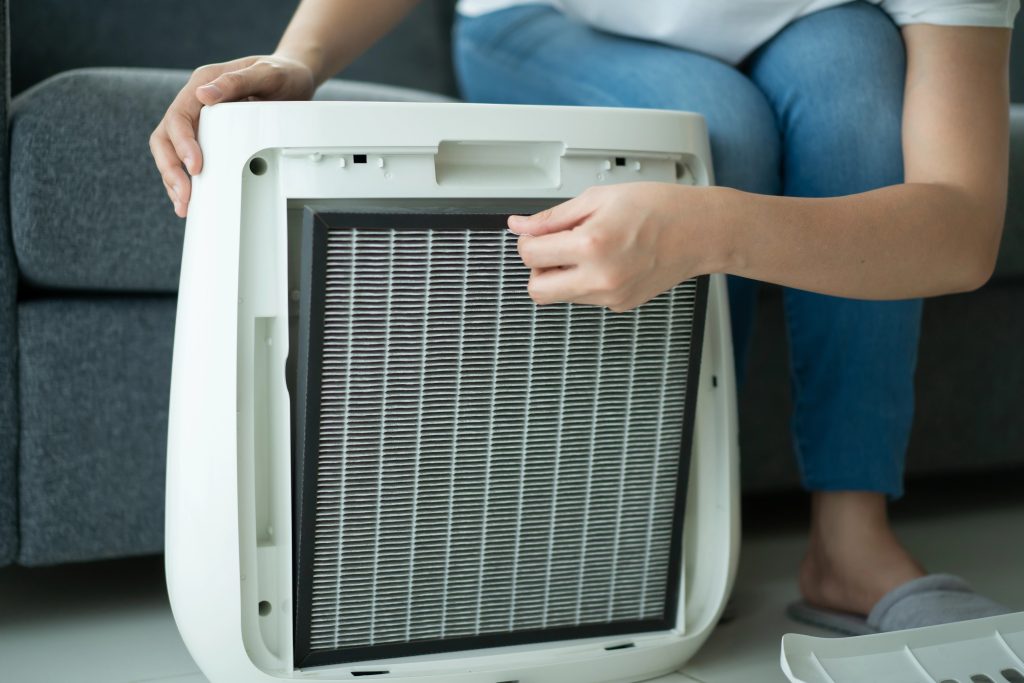
5. Pro Tips for Staying Safe and Breathing Easy
When wildfire smoke is present, a few easy measures can go a long way. Professionals advise closing windows and doors, using a HEPA air cleaner, and avoiding outdoor activities when the AQHI is elevated (Get Prepared Canada). If you have to venture out, a proper-fitting N95 mask can filter out those annoying particles.
Ian Shapiro, building science expert, hypothesizes, “If you’ve got particles in your house and you switch [a HEPA filter] on, you’ll see an instant decline in the concentrations, a big decline in the concentrations.” A safe room in your hotel or rental sealed off with an air purifier running can be a lifesaver on smoky days.
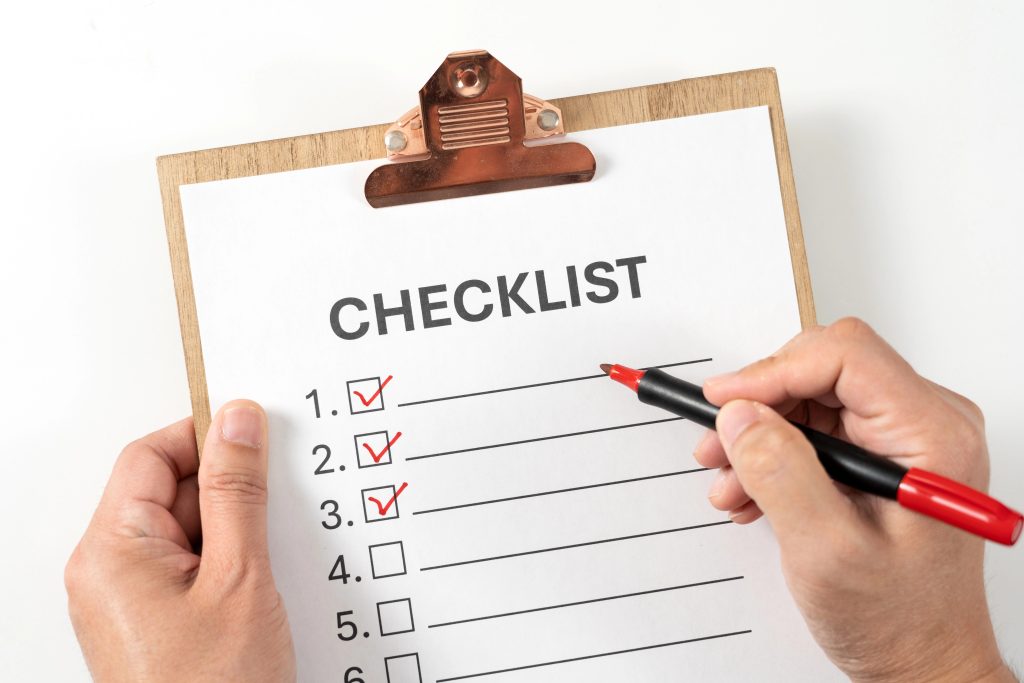
6. Emergency Planning: The Traveler’s Checklist
Fire season is unpredictable, so planning ahead is key. The U.S. State Department suggests signing up for the Smart Traveler Enrollment Program (STEP) for real-time alerts and ensuring you have a prepared emergency kit handy (STEP allows the embassy to reach you in an emergency).
Stock up on essentials like water, snacks, and medications. Keep key documents handy and know the local emergency numbers 911 works across Canada. And don’t forget about pets; make sure your emergency plan includes furry family members too.
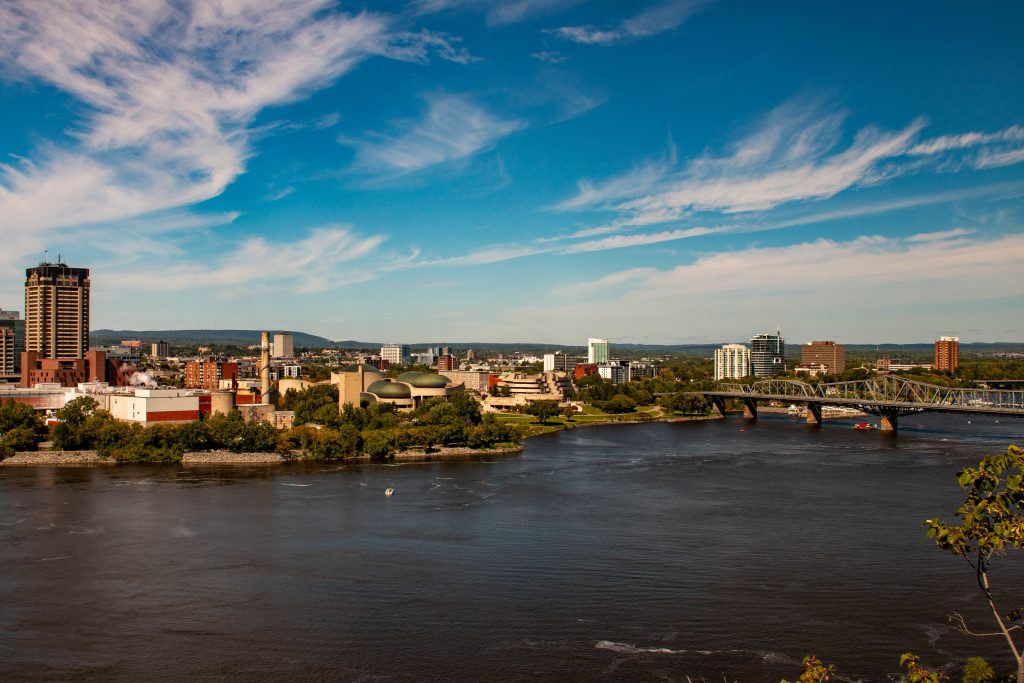
7. Where to Find the Latest Updates and Local Guidance
Being informed is half the battle. Get the WeatherCan app for up-to-date air quality and weather advisories, and favourite the government of Canada’s Wildfire Smoke and Air Quality pages for your area. All the provinces and territories have their own resources, so check those out ahead of time.
Adhere to local officials’ instructions beforehand, during, and after a wildfire incident. For health advice, the CDC’s Travel Health Information page is a must-read prior to packing.
Canada’s natural beauty is still beckoning, but this year’s wildfire season means a little extra preparation is worth it. Armed with the proper gear, a flexible attitude, and some expert-backed safety tips, U.S. travelers can absorb the best of Canada while remaining healthy and prepared for whatever the wild has in store for them.


